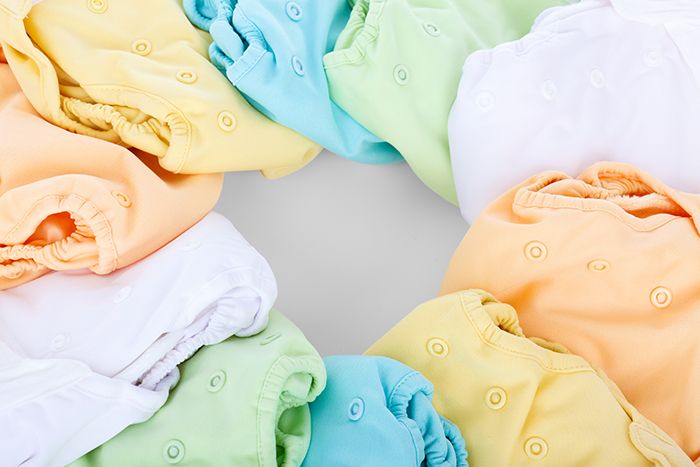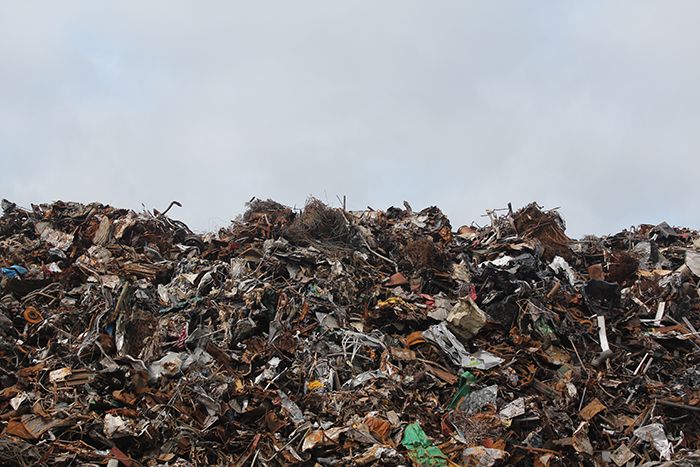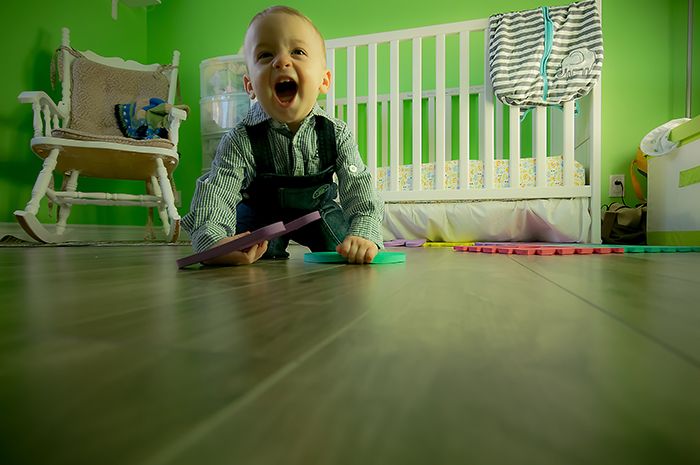I‘m a self-confessed newbie at cloth diapering. I was interested in it from day one of my oldest daughter’s life, but I didn’t know anyone else who did it, and I wasn’t sure where to even begin.
About a year later, a friend of mine told me that she was going to cloth diaper her second, and my now-waned interest was rekindled. She told me about the myriad options, but it seemed so overwhelming. All I knew of CDs were that our grandmothers had to use them, many of our mothers had no other option, and when disposables were invented, they breathed a huge sigh of relief.
So I moved on, and finished up my daughter in disposables. With my second-born son, however, I switched to cloth. And I now wish I hadn’t waited so long.
Here are three reasons that compelled me to make the switch.
1. Cost
This was my main reason. Disposable diapers are expensive. If a child is potty-trained around age 3, he’ll wear an estimated 8,000 disposable diapers—and buying name-brand disposables in their economy-sized packs works out to an average of $.19 per diaper.

That’s an estimated $1,520 per child, assuming I buy the diapers at this economic price every time. If I buy the diapers in a regular-sized pack at a grocery store, the average price is $.24—that’s a whopping $1,920 per child.
The price range varies for cloth diapers, depending on what kind you choose. But to make things fair: even if you picked the most expensive kind (the all-in-ones), the average price for those are around $18 per diaper. If you also bought a 12-pack of reusable wipes at $12 and disposable liners five times a year at $13, that totals a little more than $400.
You can use these diapers and wipes for every child, too, so you’re looking at barely more than $400 for all your diapering years. If you had three kids in disposables, that’s $4,500.
2. Good environmental stewardship
I have no idea why, but it never crossed my mind until recently that when I used disposable diapers, I was throwing human feces into the garbage. Officially, the disposable diaper companies say you’re supposed to shake the poop off into the toilet. But how many of us ever do that?
In some cities, it’s illegal to dispose of human waste in to our garbage systems. And the World Health Organization says it’s against their guidelines to put it into landfills.
18 billion disposable diapers are thrown in landfills each year in the U.S. alone, taking around 500 years to decompose. Disposable diapers make up the third largest item in landfills, after newspapers and food and beverage containers–a big deal, since they are a single product, used by a limited portion of the population.

That just didn’t sit well with me. While we still use disposables for long trips, switching to cloth primarily has significantly cut down our contribution to the landfills.
But what about water use? Isn’t it good practice to cut down our household water consumption? Sure, but washing cloth diapers at home uses 50 to 70 gallons of water every three days—about the same as a toilet-trained child or adult flushing the toilet five to six times a day. They’ll start doing that once they’re potty trained anyway. If you use a diaper service (a great option for those of you who say you don’t have laundry capabilities in your own home), they’ll use even less water per diaper.
Life is about give and take, and the environmental question with diapering is no exception. For me, though, I’d rather use slightly more water than empty human waste into the garbage.
3. Possible earlier potty training.
Back when disposable diapers didn’t exist, the average child was potty trained by 18 months. Now, it’s not uncommon for children to be potty trained at 40 months (3 years, 4 months). Every child is different, of course, and you can train your child earlier in disposables.
But because disposable diapers have absorption chemicals that keep a baby from feeling wet, she has less incentive to get out of diapers. A baby still feels wet in a cloth diaper, and she gets uncomfortable faster.

Who wouldn’t want to try out something that might make the potty training process go quicker? I’m curious to see if this will help my son when he’s ready.
There are other great reasons to cloth diaper—fewer toxic chemicals on your baby’s bum, the amount of petroleum used to simply make a disposable diaper, and less diaper rash are some other common reasons.
But these first three were enough to give cloth diapering a go—and I’m so glad I did.
p.s. – The 411 of cloth diapering 101, cloth diapering doesn’t have to be all-or-nothing, and 4 cloth diapering choices defined.



